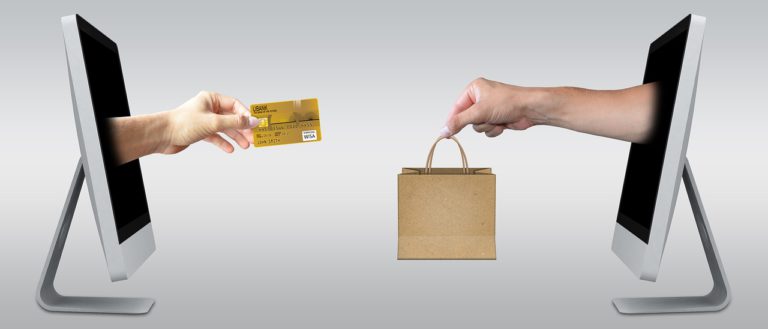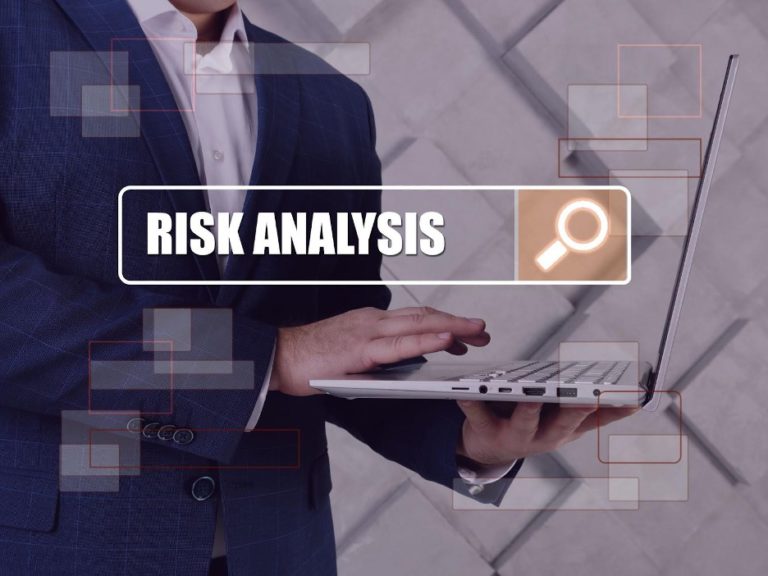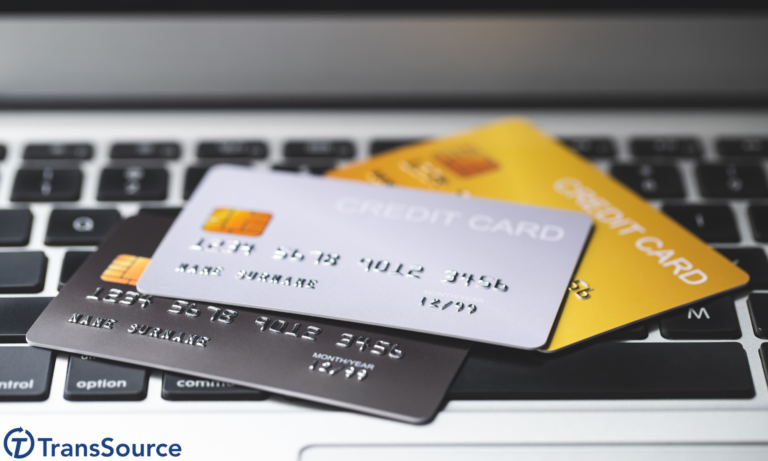Merchant Services Explained: The Products and Tools that Make it Happen
Reliable merchant services take care of all your payment processing needs
Merchant services are the lifeblood of every business.
Merchant services is a term that broadly describes all financial services a business uses. So, when deciding on a merchant account, it’s imperative that you do your homework and go with one that’s good for your bottom line and offers services relevant to your business model.
Some basic questions to ask to assess your needs:
Do you accept in-person or online payments or both?
What type of POS (Point of Sale) hardware and software do you use?
Is your business high-risk and requires exceptional security and anti-fraud solutions?
From there, you’ll be able to narrow down your needs and work with a payment processor like TransSource to secure a merchant account that’s right for your business.
Merchant Services in a Nutshell
Consumers often confuse merchant services with services related to credit card processing. But there’s so much more to it; credit card processing is only a tiny part of a broader system.
In addition to processing credit card transactions, merchant services are a type of financial account that provides the tools and services required to accept payment, process transactions, track sales, and transfer funds between the acquiring bank and the merchant’s bank account.
But, more than just providing the right tools and services, it’s about having a well-established system that seamlessly works together to deliver a flawless payment experience.
In short, merchant services have two main aims: 1) Enable businesses to accept credit card transactions; and 2) Ensure payment processing is seamless, efficient, and secure.
When consumers initiate a payment, the journey of the transaction funds begins at the POS. So as long as you have a reliable system where all the stops are perfectly in tune with one another, the journey will be smooth and secure.
Merchant Services Products
Merchant services make up the various tools used in processing payments. The key is to use these tools in a way that’s best for your business and consumers.
Credit Card Processing Solutions
Since credit card processing is a substantial aspect of operating a business in the modern age, it’s essential to provide sufficient security and anti-fraud protection for your consumers.
Security
Ensuring consumers’ payment details are protected and secure is not only good business practice, but it’s a requirement. Every business that accepts credit and debit card payments must be PCI compliant. This helps ensure data is encrypted and enables you to protect your consumers – and business – from security threats.
Good payment processors help ensure sensitive data securely transfers from the consumer to the acquiring bank, ultimately winding up in the merchant’s bank account. In doing so, the processor will adhere to rigid security protocols while integrating with a PCI-compliant payment gateway.
In-house Chargeback Prevention and Management System
Every business that accepts credit card payments will inevitably have to deal with chargebacks. That’s why having chargeback prevention and management system in place is necessary to protect against fraudulent transactions.
There are two main ways to handle chargebacks: Prevention (e.g., before transactions become chargebacks) and during the dispute process (after they become chargebacks).
Preventing Chargebacks
Chargeback prevention is the goal. Not only does it leave your ratio intact, but it saves you from the cost and frustration that is the chargeback dispute process.
Fortunately, our solution, CB-ALERT, does just that. CB-ALERT works by notifying you of a chargeback dispute before it turns into a chargeback. When you’re alerted, you’ll have 72 hours to contact the card issuer to either issue a refund or resolve the dispute before it turns into a chargeback.
Other security measures to protect against friendly fraud and other fraudulent chargeback requests include:
- Address Verification System (AVS)
- Card Verification Value (CVV)
- Visa’s 3-D Secure.
A Chargeback Initiated, So Now What?
Even the best chargeback prevention system can’t detect and prevent all chargebacks from occurring, which is why you need a well-rounded detection and prevention system that includes having a way to address chargebacks after they initiate.
Several proven methods to help ensure you win the dispute include:
- Detailed merchant descriptors to prevent friendly fraud resulting from unrecognized transactions
- Maintain up-to-date reason codes
- Promptly respond to consumer inquiries
- Maintain efficient records and documentation of all consumer activity
Point of Sale Systems
As its name implies, a POS is when a consumer pays for a product, whether it’s at the checkout counter or an e-commerce shopping cart. The POS system is the hardware and software that allows consumers to complete the transaction.
E-commerce
E-commerce involves any activity associated with buying or selling products over the internet. Online shopping has exploded over the last decade. In 2010, 4.2% of all US retail sales were online. As of 2021, that number is 13.3%, and it’s projected to increase by 20% by 2025.
Companies have introduced technology and services that have made paying for and accepting online payments seamless.
Recurring Billing is a necessity for many high-risk businesses and SaaS applications. For example, suppose your high-risk business is in dating or adult entertainment. In that case, it’s more convenient for your consumers to enter their payment information one time, then not have to worry about it until they decide to terminate their subscription.
Thereby, having a merchant account with a payment gateway that allows recurring billing is an essential service.
Virtual terminals are web-based applications that allow merchants to process electronic payments over the internet or via mail, fax, mobile phone, email, or in-person. Essentially, you can transform any computer into a virtual terminal after installing or downloading software. For in-person payments, just adding a card reader will allow you to accept payment in a retail establishment.
Mobile Payments have become the preferred payment method for many, as digital wallets like Apple Pay and Google Pay have become increasingly popular with the younger generation. So by expanding the market into consumers who prefer to pay with their mobile device opens you up to new revenue.
Payment Gateways are essential to credit card processing. Their primary function is to authorize transactions between the merchant and consumer. They do so by securely transmitting transaction funds to the acquiring bank for approval. Following approval, with the support of a payment processor like TransSource, the gateway sends the funds to their final destination – the merchant’s bank account.
Payment gateways are among the most valuable merchant services because they process transactions and ensure you receive your money. Taking it one step further, TransSource helps pair you with the perfect gateway solution relevant to your business model. That way, you’re all set to accept gift cards, electronic check payments, loyalty programs, or something else.
Retail
Retail payment processing generally includes credit card terminals and contactless payment options. There are two security standards exclusive to the payment industry: EMV and NFC.
Europay, Mastercard, and Vista (EMV) have several security measures to protect merchants, consumers, financial institutions, and payment processors. EMV transactions can only process transactions when the card’s present, helping to prevent card-present fraud.
It does by first authenticating the card, ensuring it’s valid and not counterfeit. It also affirms the cardholders’ identifying via Offline and Online PIN and signature. Last, after each transaction, a unique transaction ID is generated, which can’t be replicated. Once the acquiring bank validates the transaction ID, the transaction is ready to process.
Nearfield Communication (NFC) are generally contactless payments that require consumers to hold their card near an NFC-enabled terminal without entering a PIN or signature. NFC-enabled payments are usually more secure for several reasons: proximity, cardholders must initiate the transaction via their smartphone, and secure chip validation.
Putting it all together with the Right Merchant Account
The merchant account you decide to go with needs to offer services that will expand your business now and into the future. However, not all are suited for all types of businesses.
We understand this at TransSource, which is why we’re: 1) Gateway agnostic; 2) Have a reliable partnership with a wide net of banks that knows your industry and understand your needs.
Additionally, we don’t burden you with paperwork and other hassles during the approval process.
It’s vital that applying for and creating a merchant account is painless, not painful, and the easiest part of the entire process. After all, the less time you spend on paperwork, the more focus you can put into your business.
Once approved (usually 24-48 hours), our team will immediately get to work partnering you with a reliable bank that knows your industry and understands your business. We’ll consult with you on the services your business needs, particularly those that put credit card processing on autopilot. Just email us at info@transsource.net, and we’ll have you up and running within 48 hours.












